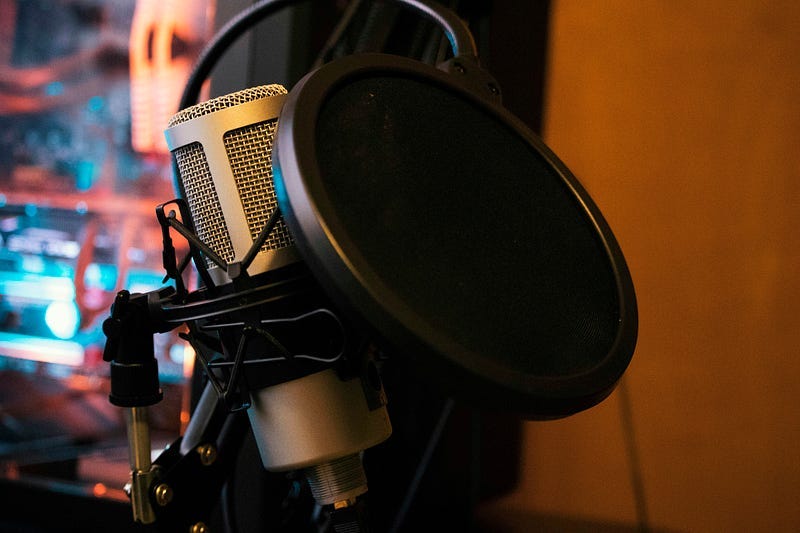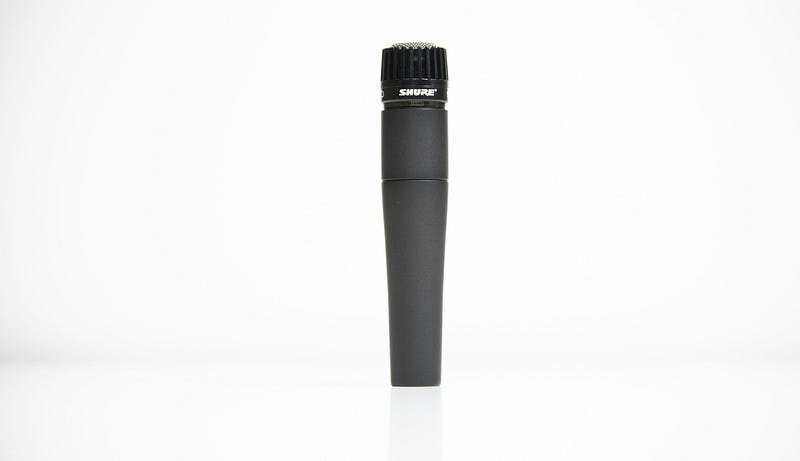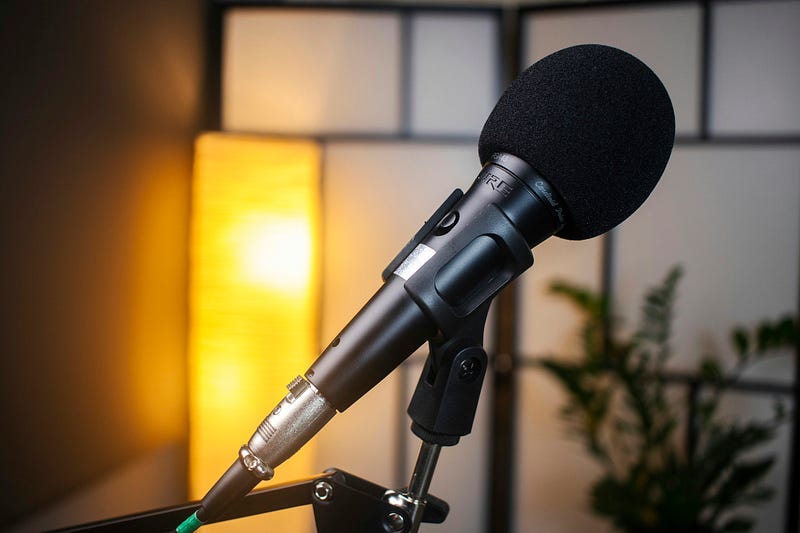Best XLR Microphone Under $100?
Don’t want a USB? A quick guide to purchasing your next budget XLR microphone
Don’t want a USB? A quick guide to purchasing your next budget XLR microphone

The Quest for Affordable Quality: Navigating the World of XLR Microphones
Are you in the market for a new XLR Microphone? Want to level up your audio for voice and music for that next record you have planned?
Your audio output may be poor quality or be broken by the sound of the microphone you use in the always-evolving hobby of home recording.
As an experienced music producer, I have seen a great deal of budding musicians and content creators fall short at this critical initial stage when it comes to picking out the right XLR microphone.
How can one get sound of professional quality without going over budget is a topic that reverberates through indie studio hallways and forums alike.

Knowing XLR Microphones: The Cornerstone of High-End Audio
XLR, or External Line Return, has various benefits over USB equivalents:
Best possible sound quality
Extended durability
Flexible configurations in studios
Usability with expert audio equipment
Because of these advantages, podcasts, instruments, and voices are all best recorded with XLR mics and dedicated preamps.
But the myth that good, budget XLR microphones are unaffordable discourages beginners from making this important purchase.
The $100 Less Than Sweet Spot: Where Cost and Quality Converge
Against common opinion, obtaining a decent XLR microphone doesn’t have to cost a fortune or result in a disappointing Amazon return.
Options that may provide amazing results abound in the sub-$100 bracket, particularly for individuals who are just beginning their home studio adventure.
Sennheiser e835, Shure SM58: The Two Rivals to Go For
When it comes to reasonably priced, high-quality XLR microphones, two names always come up in my mind: the Sennheiser e835 and the Shure SM58.
Years of dependable service in both home studio and professional environments have helped these microphones to acquire their reputation, with the Shure as a defacto stage performance mic that can compete with the likes of Sennheiser.
Industry Standard: Shure SM58
With good cause, Shure SM58s have been mainstays of the music business for many years.
Vocalists in many genres will find it to be a great option because of its robust design and adaptable sound profile. Important characteristics consist on:
Fantastic off-axis rejection with a cardioid polar pattern
System of pneumatic shock mounts to lower handling noise
Bass roll-off and a brighter midrange characterize the frequency response designed for vocalists
The Deserving Rival: Sennheiser e835
The Sennheiser e835 has made its name in the reasonably priced XLR microphone industry, albeit not as famous as the SM58.
The Sennheiser e835 has:
Cardioid pattern of pickup to separate from other sound sources
Small presence increase to improve vocal clarity
performance that is constant throughout a large dynamic range
Both microphones provide outstanding value for the money; depending on the state of the market and store specials, they frequently cost slightly more or less than $100.
Above and Beyond: The Value of Your Purchase
Even though these mics’ retail prices often rise beyond $100, astute purchasers can still receive these high-quality instruments without going over their budget.
Think about these tactics:
Track online merchants for specials and savings.
Search respectable secondhand equipment sites.
See local record stores for possible offers and demos.
For hidden treasures, check pawn shops and internet ads.
Tip: If at all feasible, test the microphone previous to purchasing while buying secondhand. Seek for any odd noises or inconsistent sound quality.
Especially in person, don’t be scared to bargain. For serious buyers, many vendors are prepared to lower their prices.
Deal Time: Handling Second-Hand Markets
While exploring the world of secondhand equipment might be frightening, it’s frequently where the greatest savings are discovered.
For purchasers on a tight budget, websites such as Facebook Marketplace, Craigslist, and local music gear swap clubs may be treasured. Approaching these chances should be done as follows:
Find out what a good bargain is by researching the going rates on the market today.
Find out from the vendor the background and application of the microphone.
Get crisp pictures and, if you can, audio samples.
If doing business in person, make plans to meet in a public, secure area.
Take along a recorder or portable audio interface so you can quickly test the microphone.
Never forget that finding bargains requires patience. Persistence usually pays off even if the ideal mix of price and condition might not show up right away.

Beyond the Microphone: Crucial Extras to Complete Your XLR Microphone System
While the microphone itself is important, a few accessories may improve your recording experience and safeguard your investment:
XLR cables:
Make a high-end cable investment to guarantee clear signal transmission.
Sturdy microphone stands offer both stability and flexibility in placement.
Pop filter: A voice recording’s best friend for lowering plosives.
Minimises handling noise and vibrations using a shock mount.
Hint: Set aside some money for these extras. Your productivity and recording quality can both be enhanced by them.
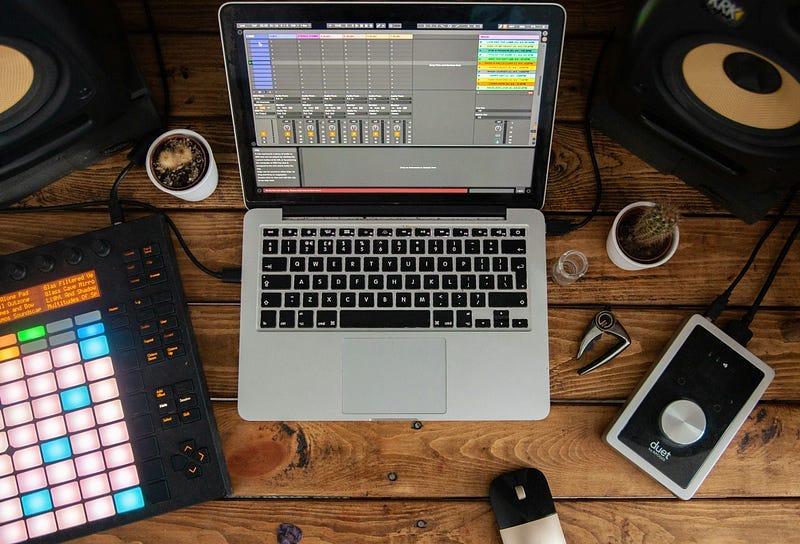
Quick Guide to XLR Microphone Setup
The optimum sound quality is achieved by careful setup when you have your XLR microphone. Please follow these instructions:
Join your audio interface and microphone using the XLR cable.
Use your interface’s input gain adjustment to get a robust signal without clipping.
Put the microphone where it will best capture your sound source — for singing, for example, 6 to 8 inches away.
To cut plosives in vocal recordings, use a pop filter.
Try several microphone positions to see where your voice or instrument sounds best.
For the best microphone placement for your sound, record test samples at various distances and angles.
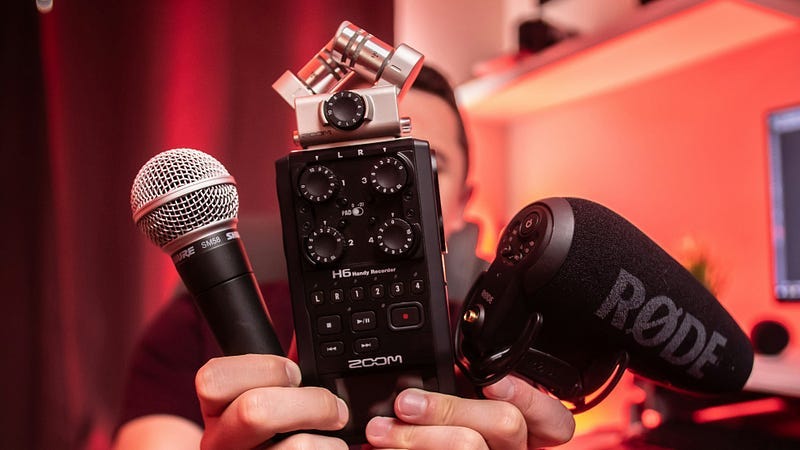
How to Get the Most Out of Your New XLR Microphone
The audio adventure you begin with a professional XLR microphone is just getting started. Think about the following to use its potential:
Try out many methods of recording
See the frequency response and polar pattern of the microphone.
Get comfortable positioning microphones for different sound sources.
Discover fundamental methods for audio processing to improve your recordings.
Recall that without correct technique and knowledge, even the priciest microphone won’t sound its finest.
If you put in some study and practice, your sub-$100 XLR microphone will provide sound quality that will astound you.

The Longer View: Establishing Your Home Studio Ecosystem
Though the main goal of this article is to identify the finest XLR microphone under $100, you should also think about how this item will work with your grander home studio.
A good XLR microphone is a great place to start, but consider also:
Choice of audio interface
Acoustics and treatment of rooms
Solutions for monitoring (studio monitors and/or headphones)
Software for Digital Audio Workstations (DAWs).
Every one of these components is important to your workflow and general sound quality.
You might find yourself automatically extending into these areas to further enhance your recordings as you get more at ease with your XLR microphone.
Finally, your first step toward professional sound
A critical stage on the path of every audio enthusiast is choosing the appropriate XLR microphone for the job.
Excellent starting points, the Shure SM58 and Sennheiser e835 provide professional-caliber sound at an affordable price.
Following the advice and techniques in this short guide will help you to decide with knowledge and start down the road to producing more excellent audio and musical material.




